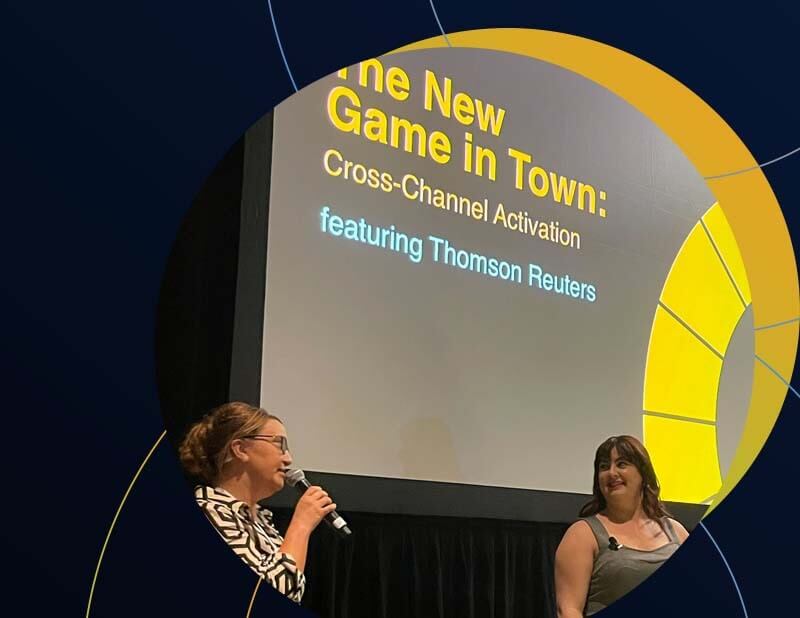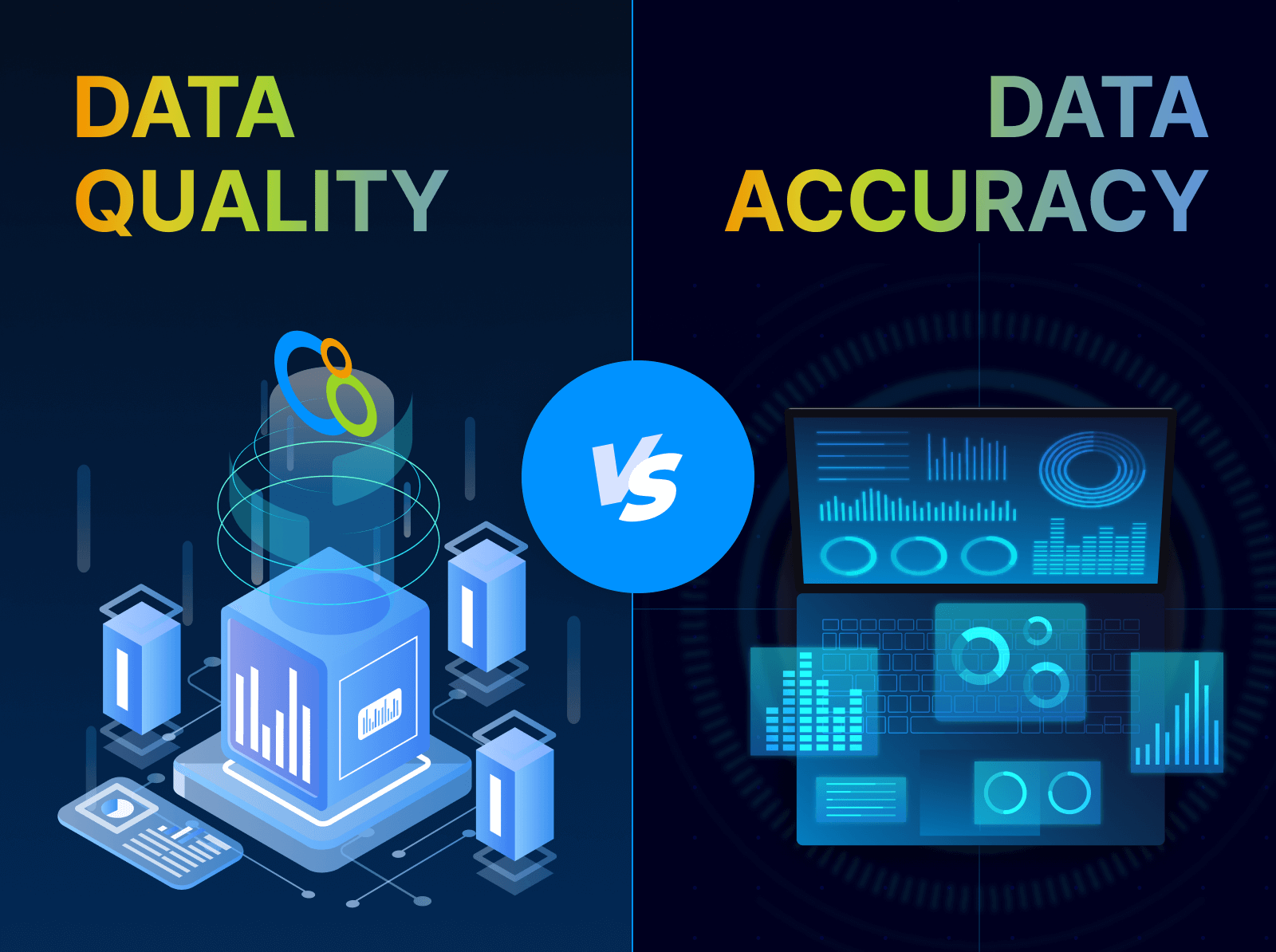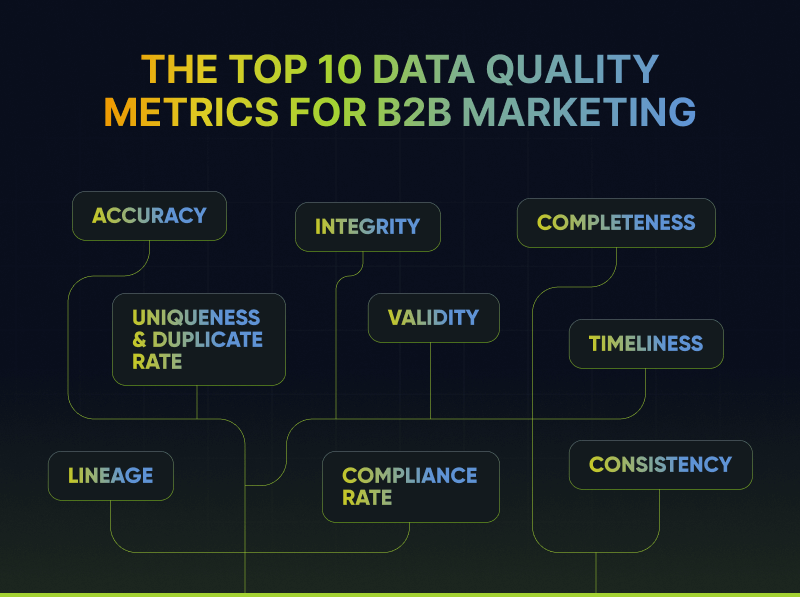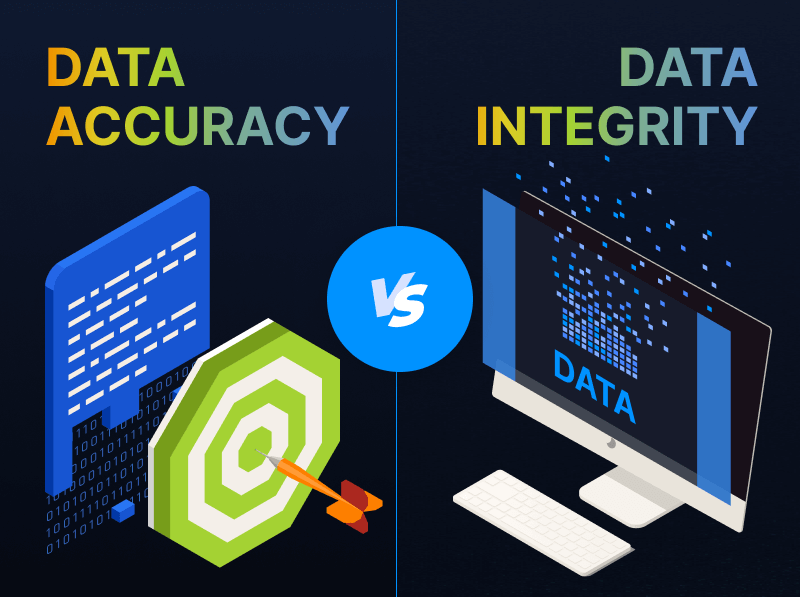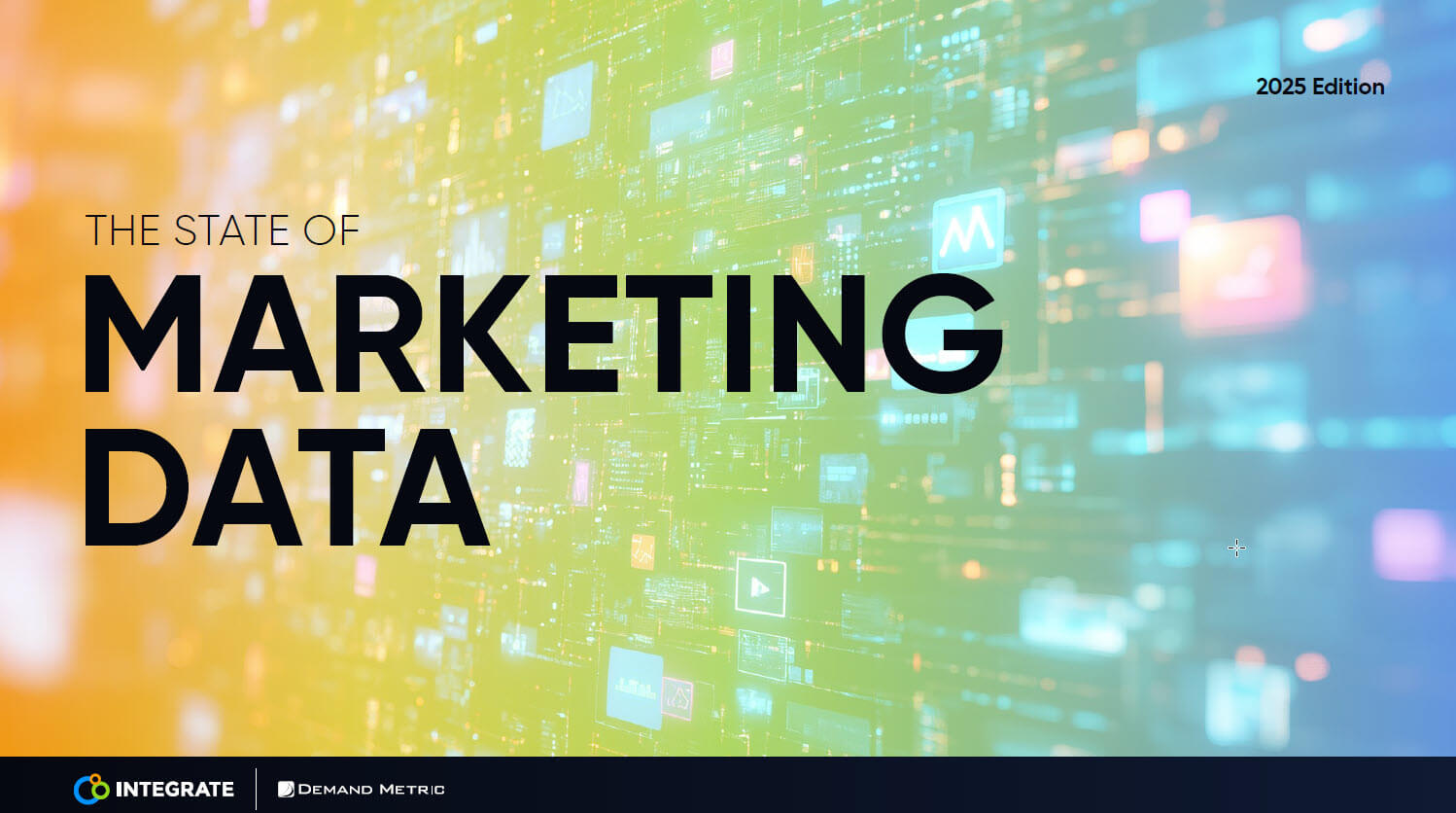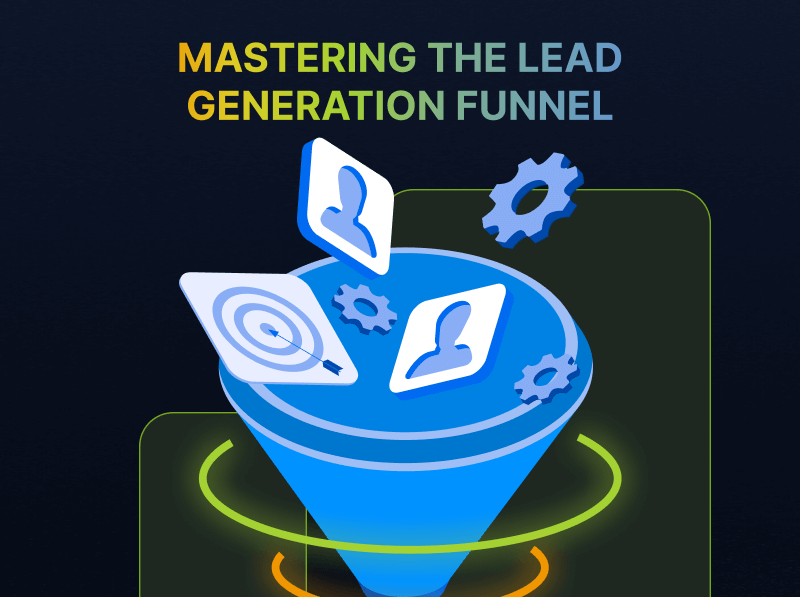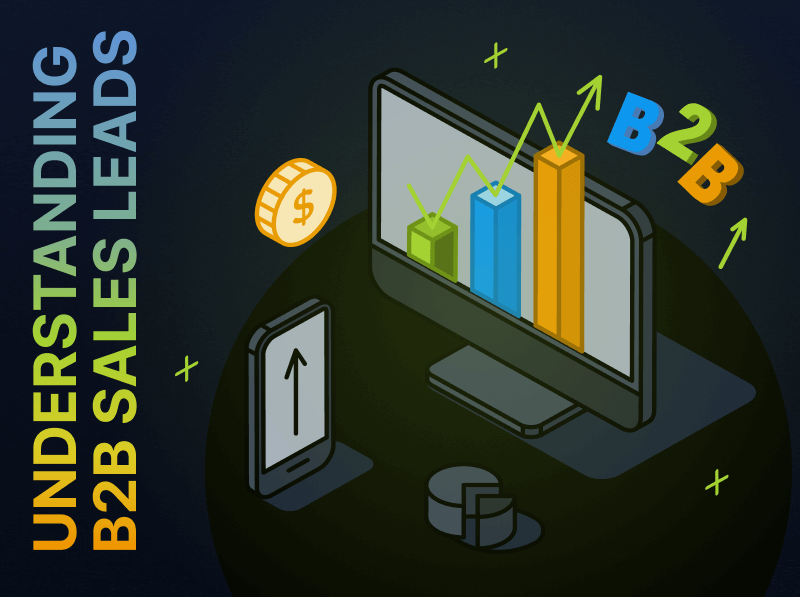Activation: Level Up Your Account-Based Marketing Approach
There’s no doubt that account-based marketing (ABM) was a hot topic at this year’s Forrester B2B Marketing Summit. In total, there were over 30 breakout sessions and case studies in the ABM and Demand category. The offering featured presentations with titles like “ABM on Steroids,” “ABM Revolution” and “Smarter Demand, Scalable ABM,” to name a few.
In this blog, we’re sharing some of the biggest highlights of the account-based marketing category sessions at this year’s summit, while also showcasing how Integrate’s case studies focused on Precision Demand Marketing provided a timely and appropriate complement. Discover how B2B marketers can take their account-based marketing strategies to the next level by activating across channels, details outlined below.
1. Understanding the Digitally Focused B2B Buyer’s Journey
The first step to making the most of your ABM strategy is to understand the evolution of the B2B buyer’s journey and recognize that our buyer has changed.
In a case study presented at the Summit, Integrate CMO Deb Wolf explained how the buyer’s journey has become more complex, with an increase in the number of digital touchpoints for buyers, as well as an ever-growing number of buying committee members to consider.
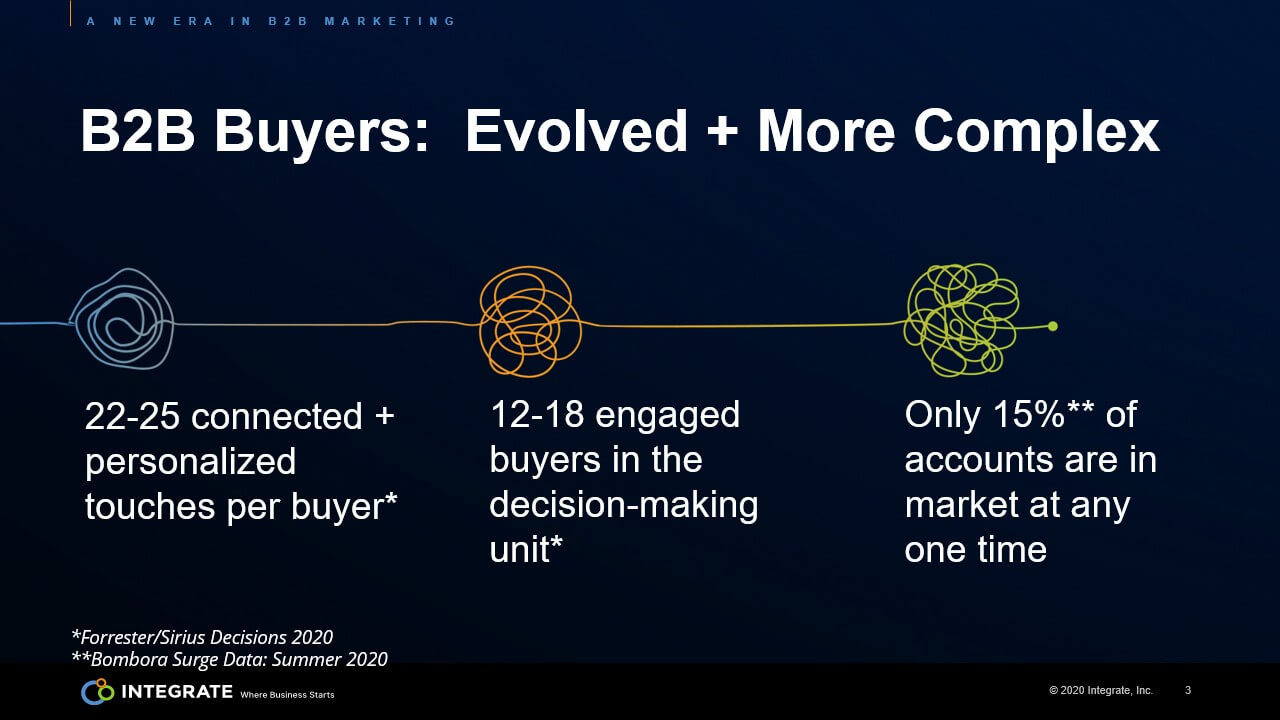
In a breakout session presented by Forrester titled “Goodbye MQLs, Hello Opportunities: A Phased Approach to Transformation,” analysts also demonstrated some of the challenges in understanding the buyer and buying group, and why teams need to focus on the journey and not just the lead. For instance, Forrester points to the disconnect between a lead-centric demand process and the signals coming from a buying group.
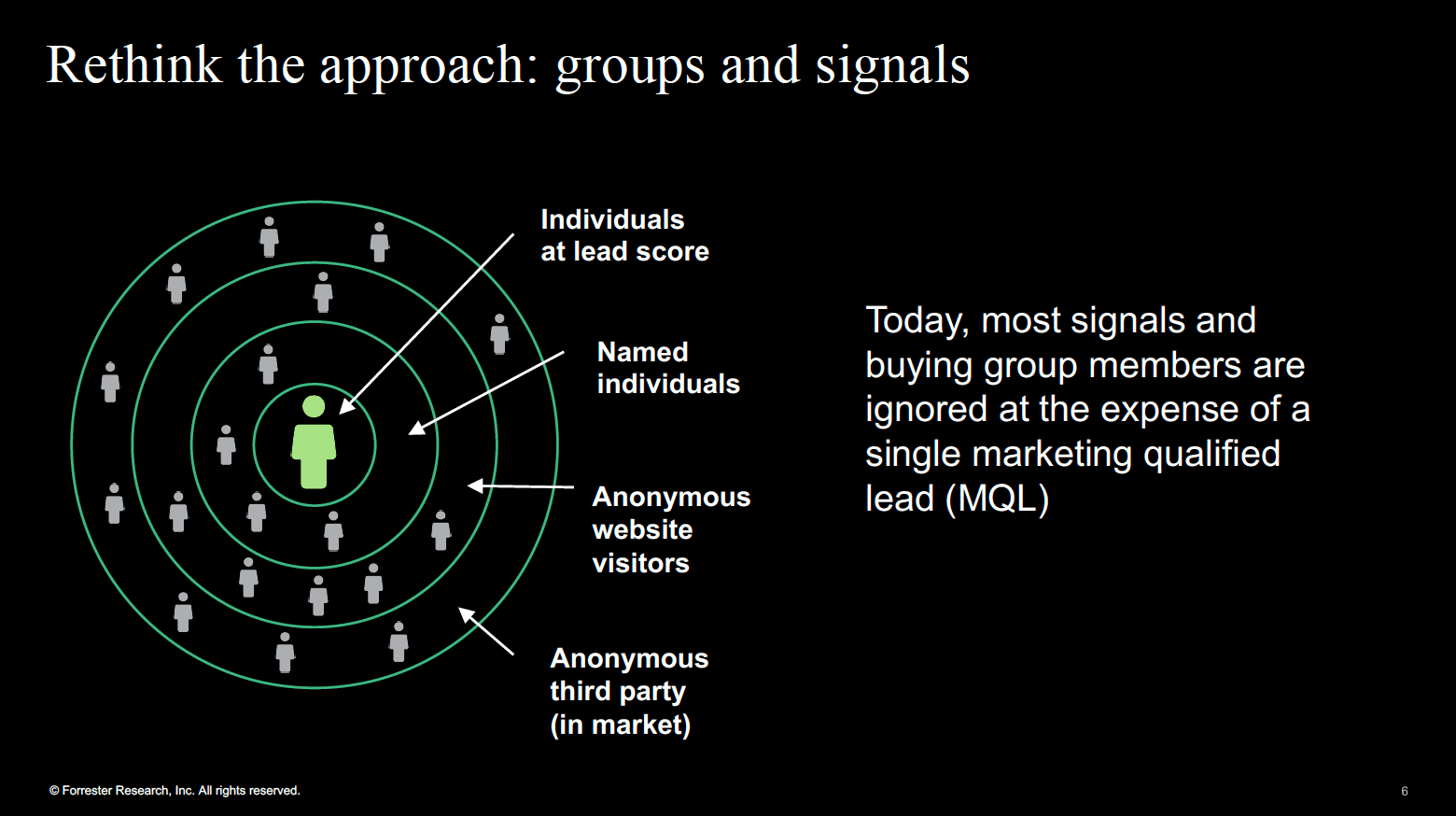
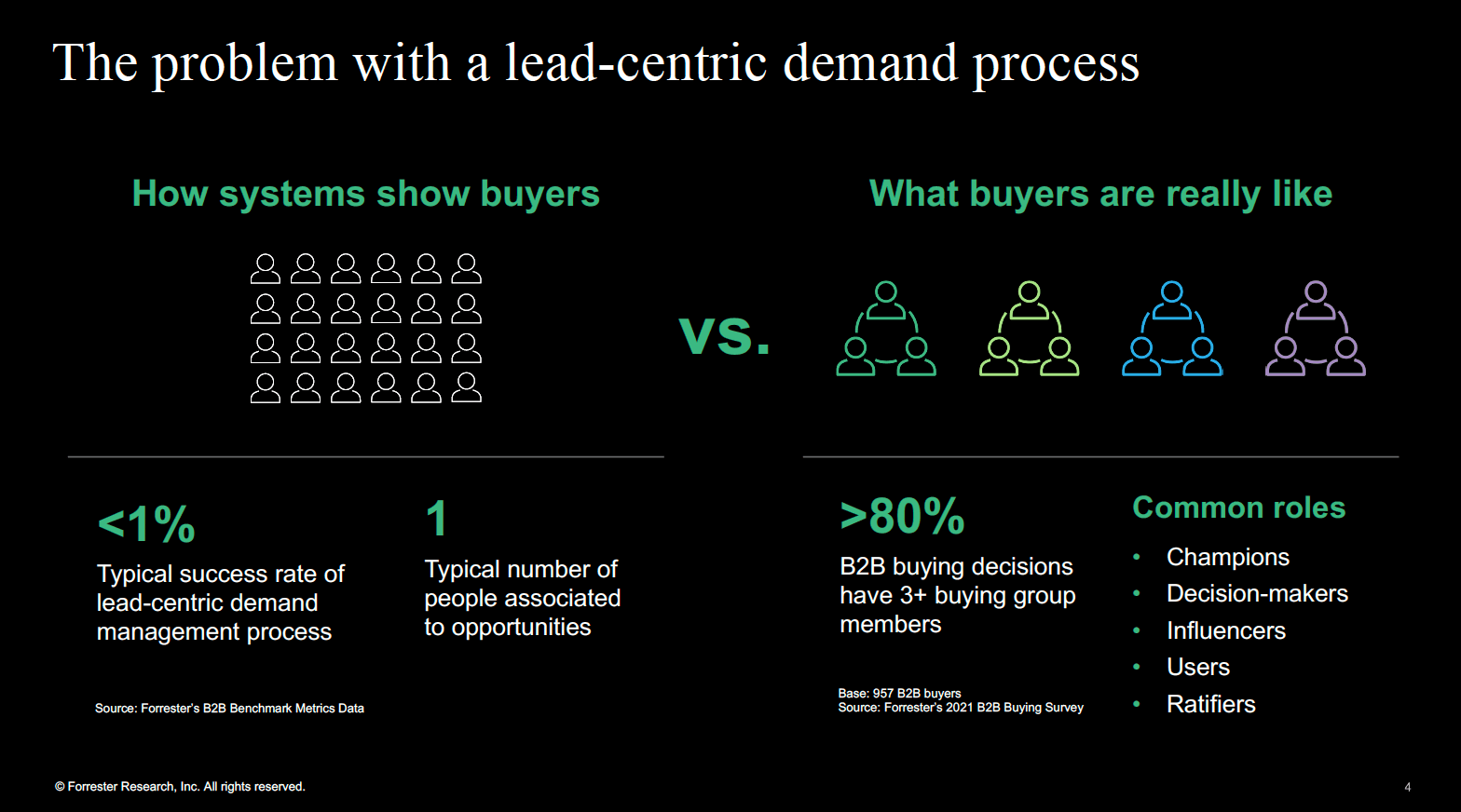
2. Ensuring Alignment: Org Structures, MarTech & Strategies
Once your marketing and sales teams understand the evolution of the B2B buyer’s journey, the next step to supercharging your ABM strategy is to determine where you sit on the Marketing Maturity Curve and how to align your teams, technology, and strategies to support a buyer-driven marketing strategy.
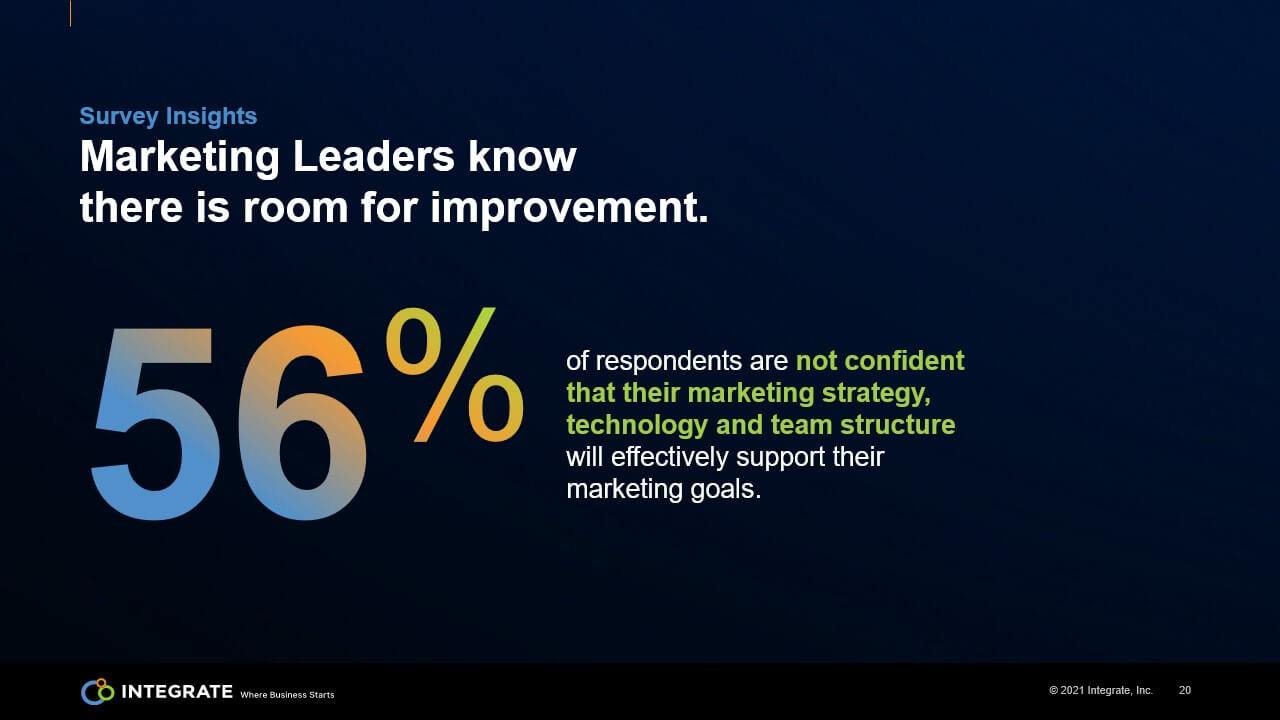
In Deb’s session, she discussed data from Heinz Marketing and Integrate’s Marketing Maturity Report demonstrating that close to 60% of marketing leaders know that there is room for improvement when it comes to their team structure, and their technology. A further breakdown of that data shows that 87% of ABM teams are not entirely confident that their marketing strategy, technology and team structure effectively supports their marketing goals.
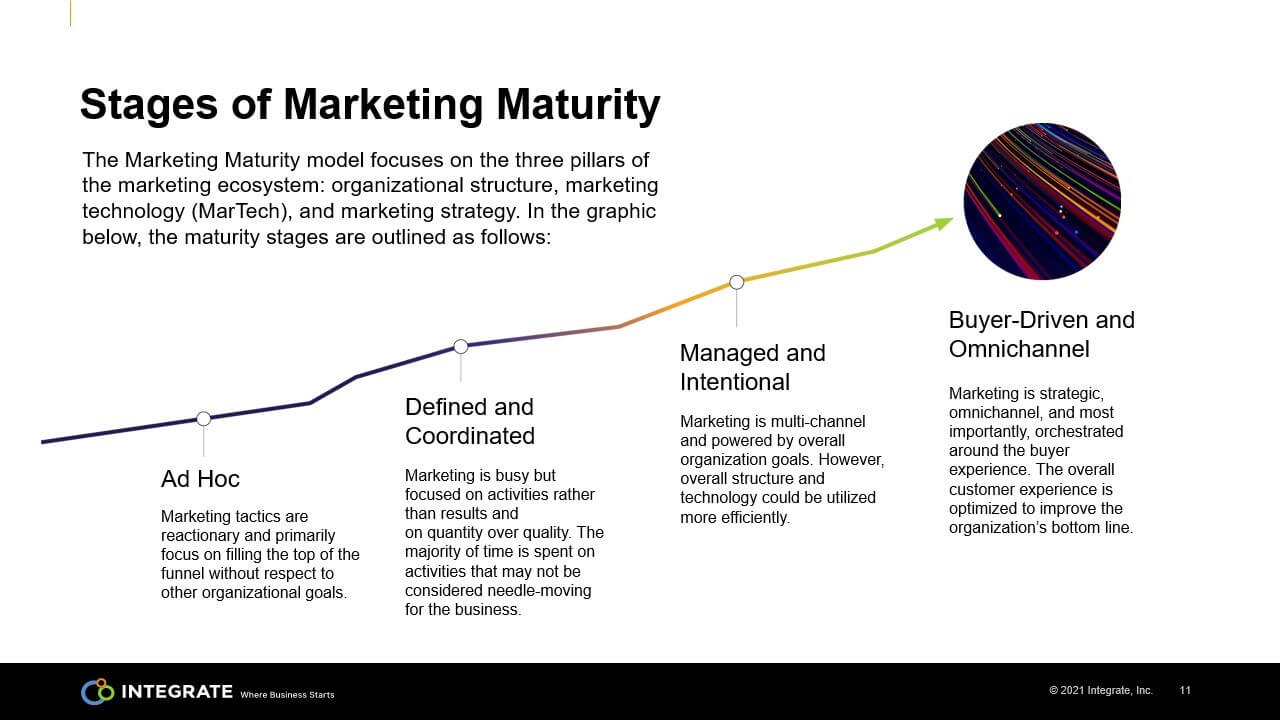
The takeaways for ensuring alignment? Structuring your teams with collaboration and transparency in mind and optimizing your marketing technology (MarTech) to fit your strategy and goals.
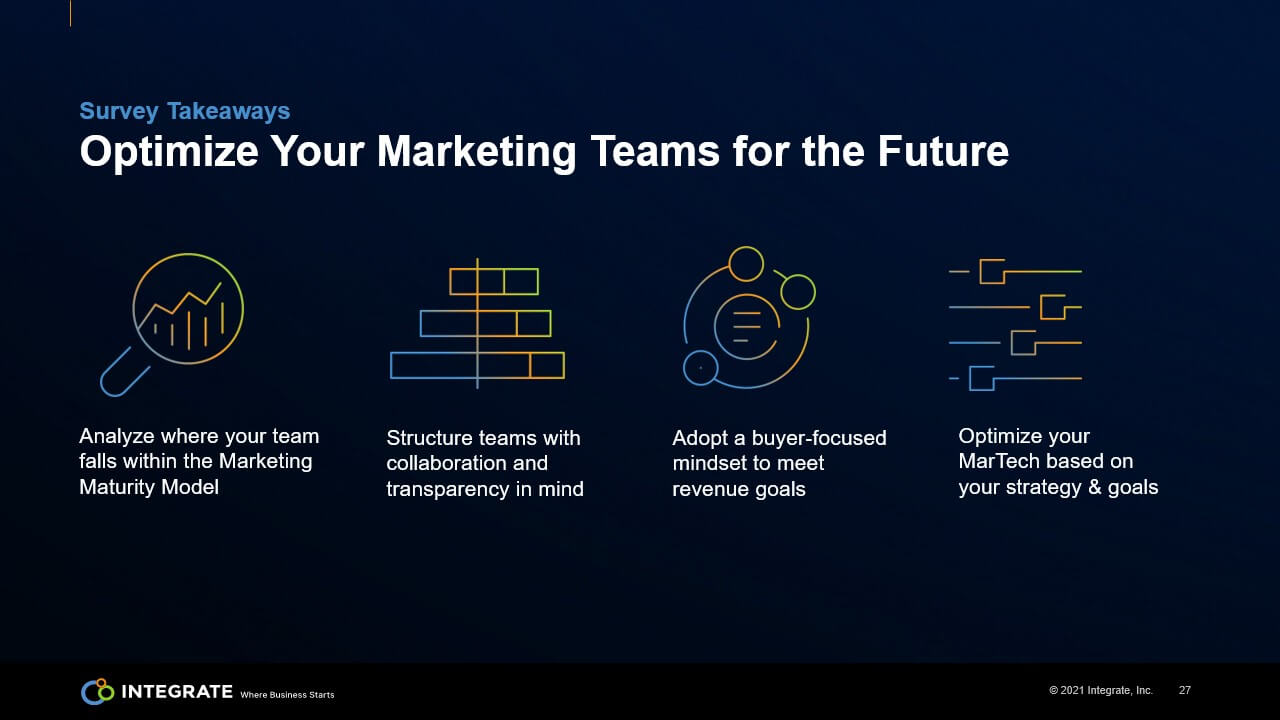
3. ABM and Demand: 1 + 1 = 3
Once you understand your buyer’s journey and how your org structures, marketing technology and strategies must align, you can begin to develop and refine your account-based marketing approach. In a breakout session, Forrester analysts compared a broken strategy between sales and marketing with one that is more synergistic. This suggests that the new relationship between marketing and sales—which has clearly defined targets, tech and processes that extend throughout the org, and success metrics that are aligned on—is much more efficient than teams that are siloed and focus on leads.
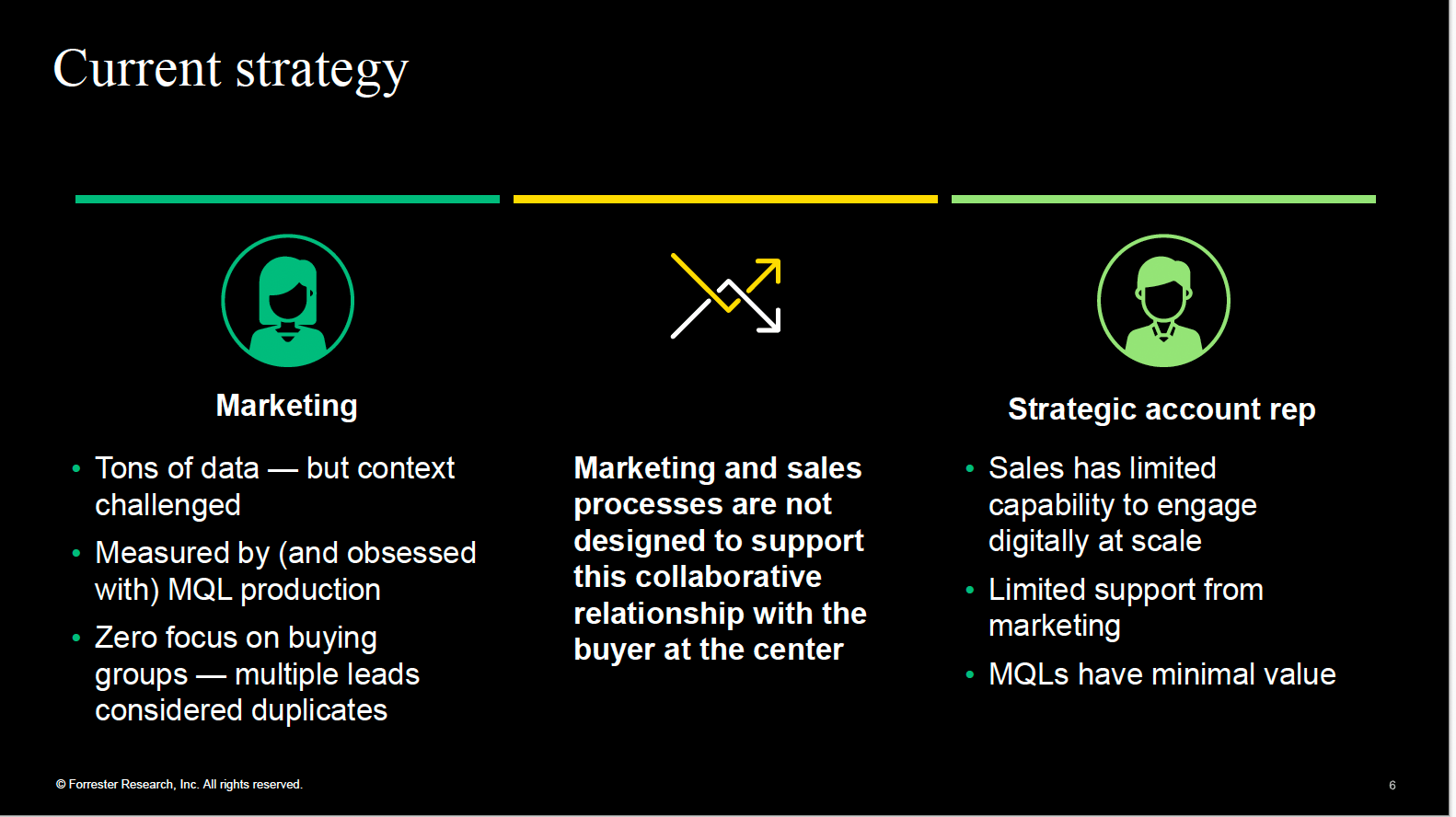
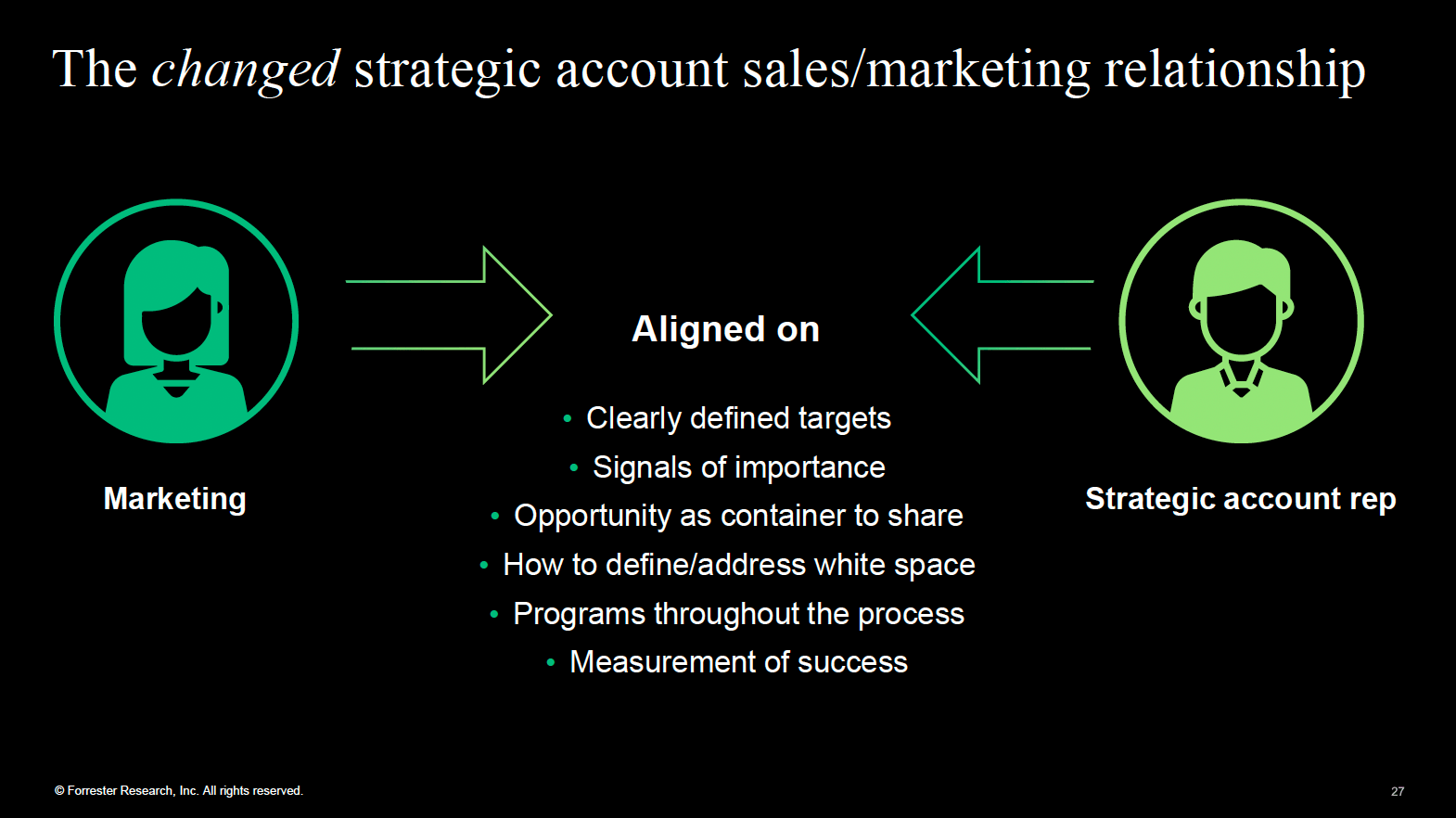
Forrester also posed the question, “What do marketers want next from their account-based marketing approach?” in their State of ABM Survey. They found that 82% of marketing professionals surveyed noted a desired future-state where demand and ABM are broadly or fully aligned. These results suggest that the convergence of demand and ABM has the potential to produce a hybrid, flexible marketing function optimized around smarter demand and scalable ABM to meet company goals. This means it’s more important than ever to maximize your ABM strategy with the lens of a buyer-driven, cross-channel, Precision Demand Marketing approach.
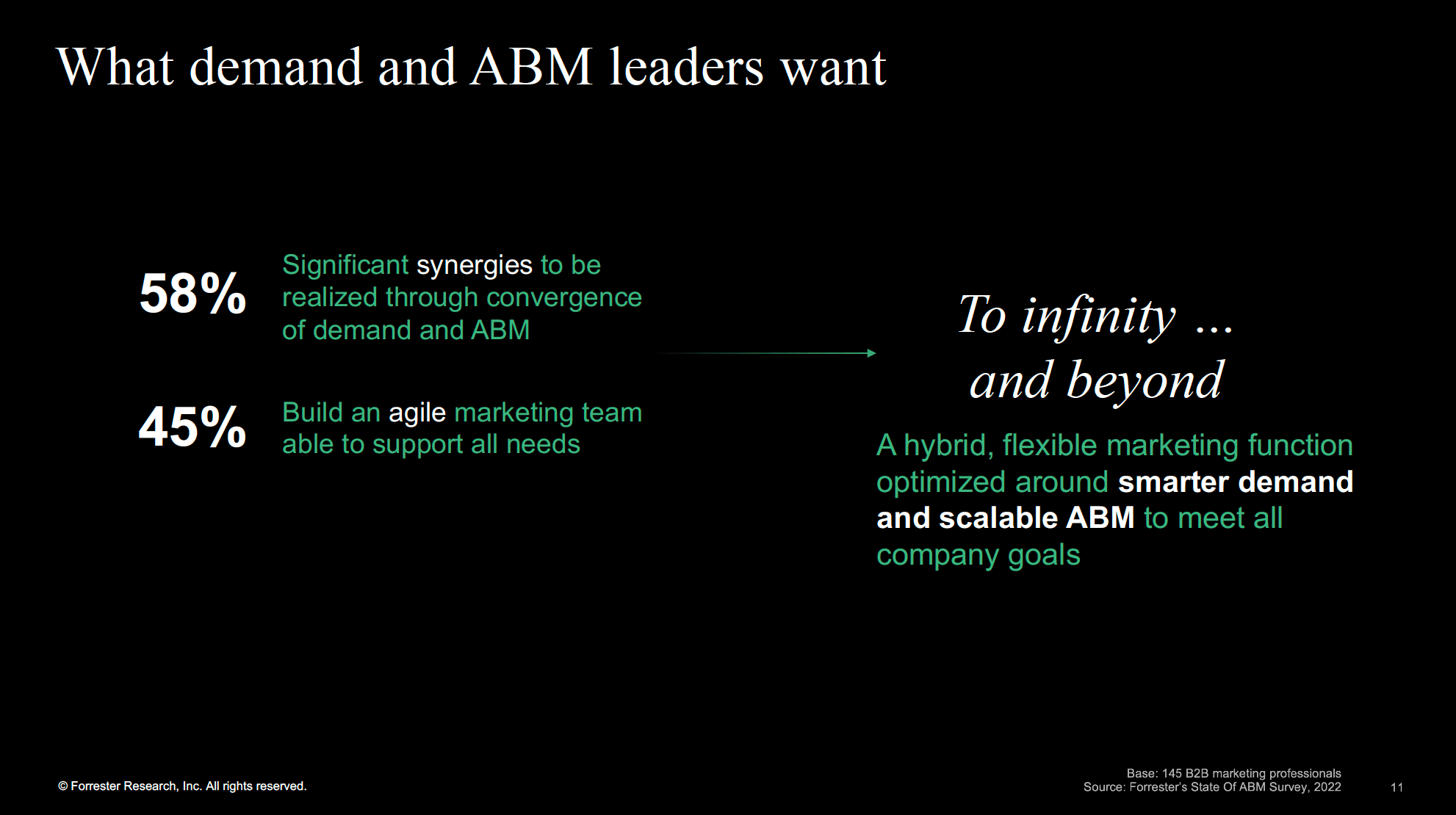
4. Activating Account-Based Marketing Efforts Across All Channels
When your B2B marketing and sales teams are aligned on target account lists and have account-based marketing strategies in place, you’re ready to start reaching your digital-first buyers in the 10+ channels where they’re doing their own, self-serve research in today’s market. The next move? Cross-channel activation.
Cross-channel activation enables marketers to do more with their target account list and maximize their investment in account-based marketing. A cross-channel approach allows us to leverage this rich targeting data provided by their ABM platform to activate those accounts on the channels where buyers are doing research: Digital advertising, content syndication, events, virtual events, webinars, as well as social platforms like LinkedIn and Facebook.
By enabling activation across target account lists and buyer personas beyond first-party channels, such as websites and emails, cross-channel activation connects all activity from one demand channel to the next, so you no longer rely on account-level interactions on a single siloed channel.
At Summit, Integrate’s Head of Revenue Marketing, Stephanie Swinyer, partnered with Jen Schrader of Thomson Reuters for a case study session on cross-channel activation. Jen shared how her team leverages Integrate’s Precision Syndication and Demand Acceleration Platform to activate and optimize their campaigns, once they refined their target account list (TAL).
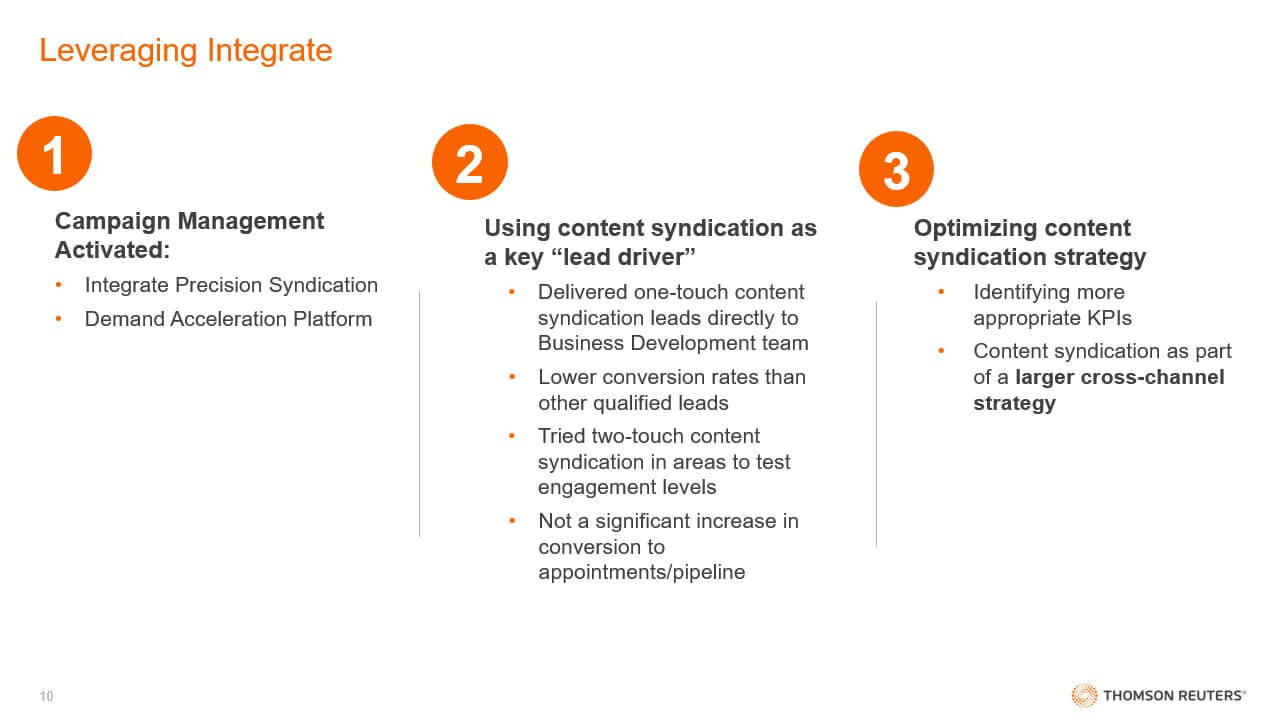
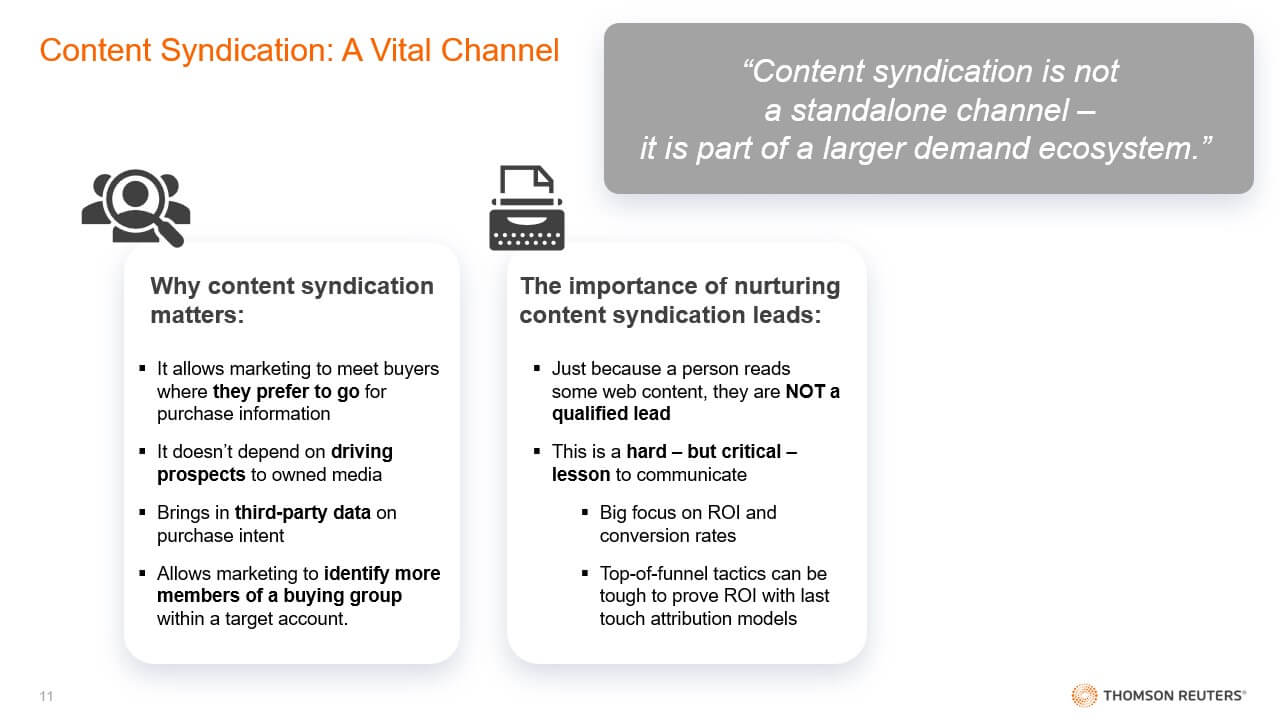
This is an excellent example of how marketers can lead with activation on one channel and gain learnings, then leverage Integrate to help propel success across their other channels. Jen shared that this created a new future for campaign management, placing their customer in the driver’s seat throughout the buyer’s journey. It also helped them to refine their tech stack to ensure proper lead flow and nurture while creating an aspirational shift for ‘QLs today’ to short-term lead generation combined with longer-term demand creation.
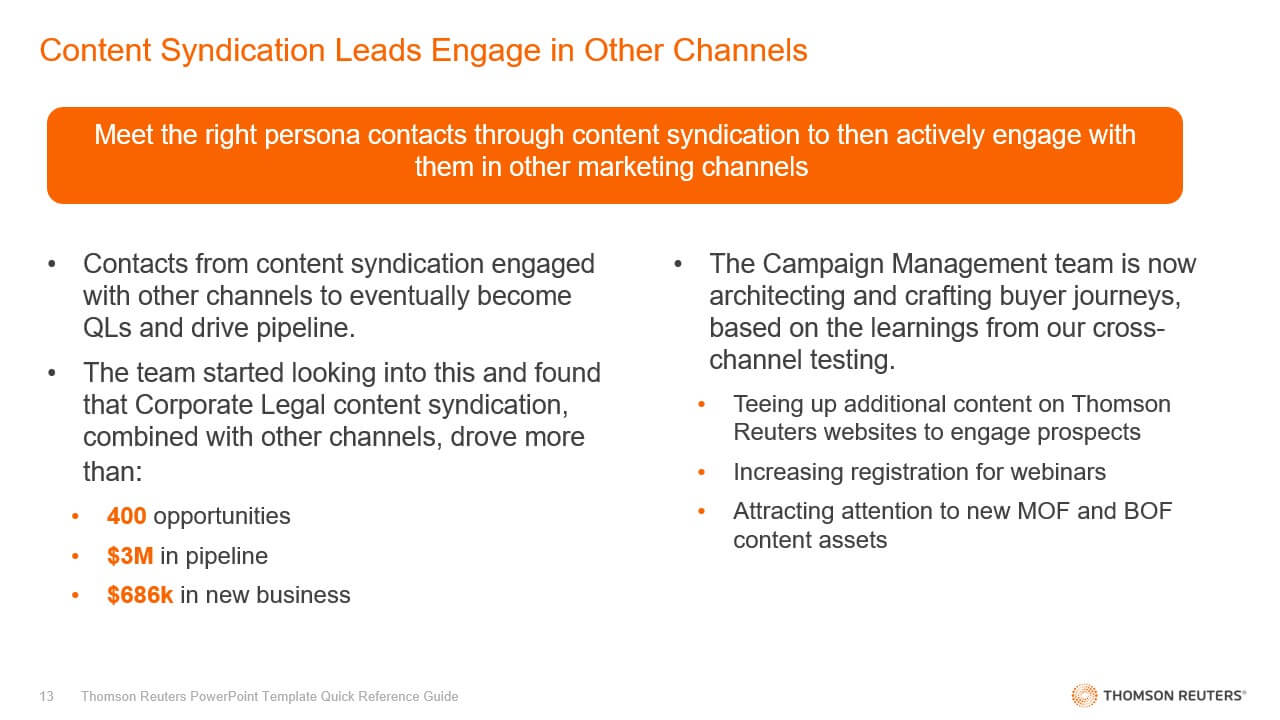
Thomson Reuters now sees a big opportunity with cross-channel activation. The buyer has spoken, and this is the new normal. Marketing can establish more self-serve options and experiences for buyers and maximize the “moments” that buyers are with sales.
The Time for Activation is Now
Forrester’s Summit made it evident that B2B marketers are leveraging account-based marketing strategies now more than ever. Once target accounts have been identified and your TAL has started to provide you with vital information, it’s time to use that information to guide and activate accounts across the channels in which buyers are doing research.
Integrate has developed a comprehensive resource to show B2B marketers how to advance their strategies once they’ve locked in their account-based marketing approach: The Cross-Channel Activation Guide. Discover ways to add greater precision in your approach to activating accounts on third-party channels while focusing with intent on all the accounts that are actively showing interest in purchasing—not just the ones provided by a data intelligence solution. With the launch of new features like Precision Social and our Cross-Channel Insights dashboard, marketers are more empowered than ever to create successful campaigns that maximize ROI.
To discover more about Integrate’s experience at the Forrester B2B Summit, check out our other blogs:
